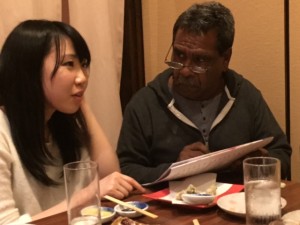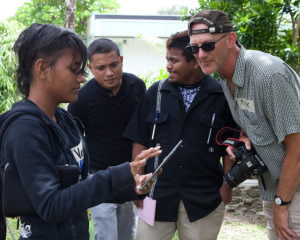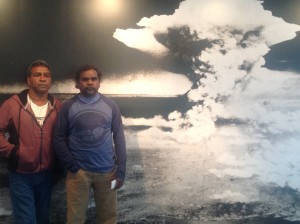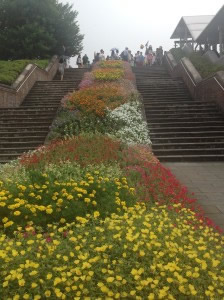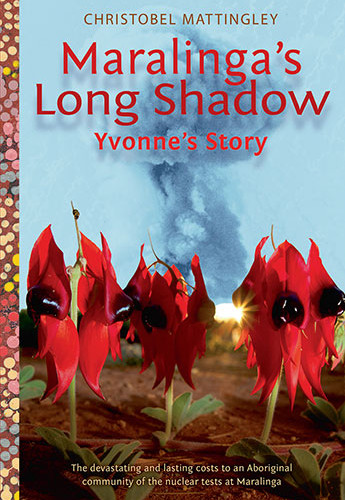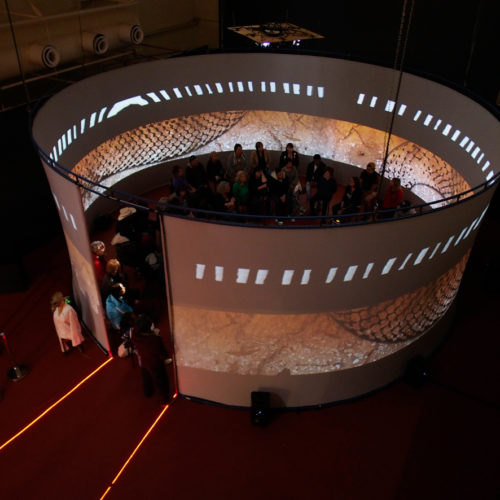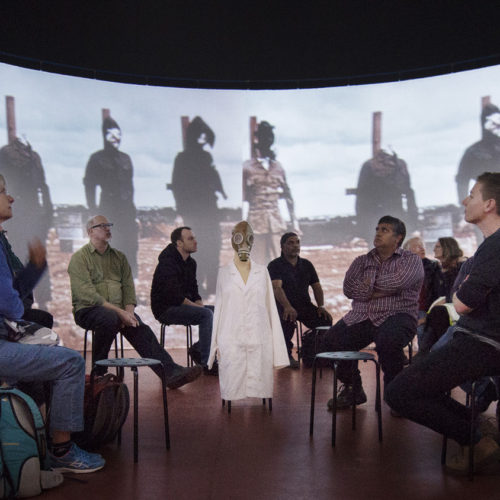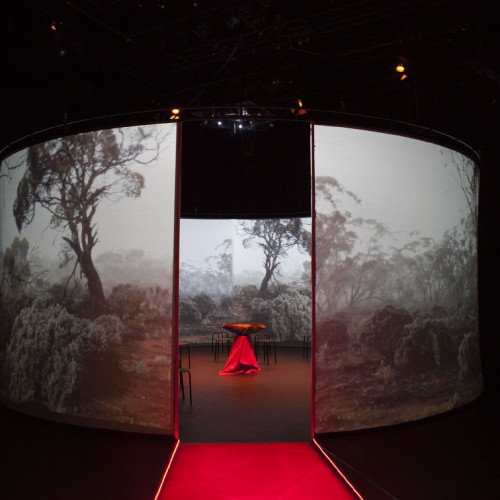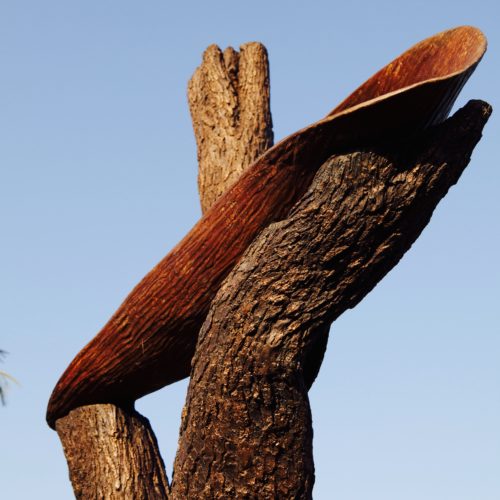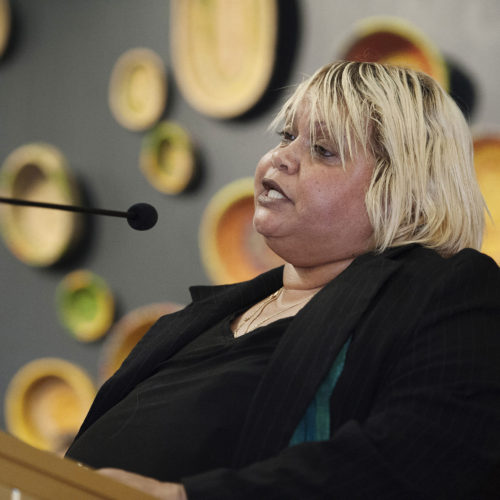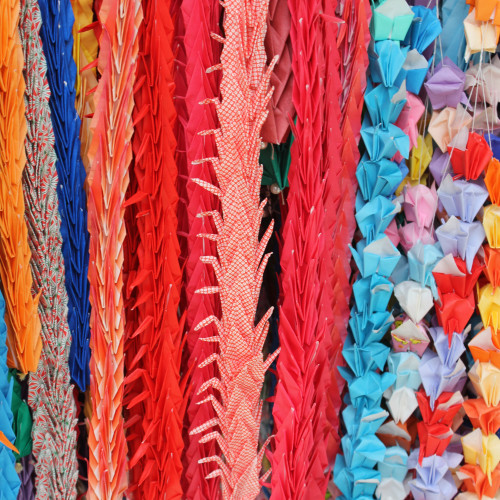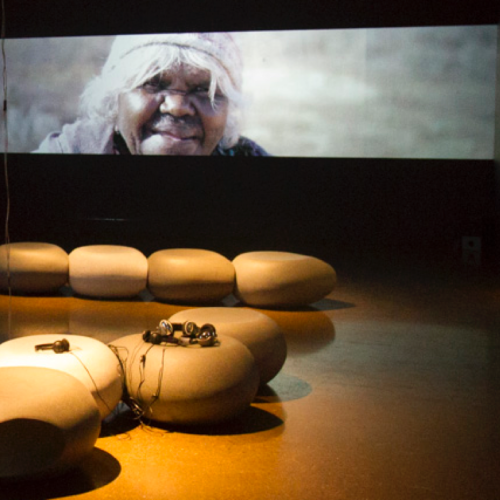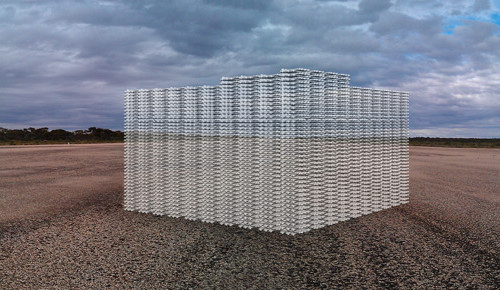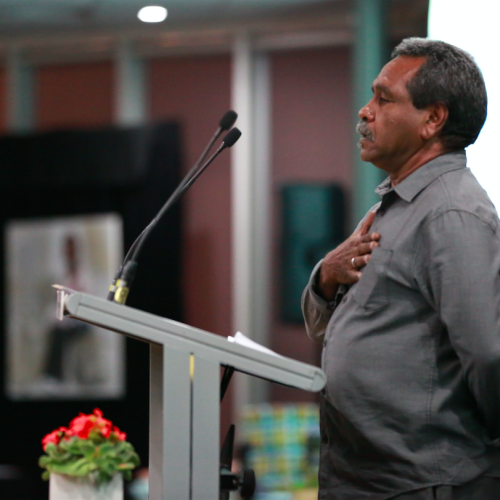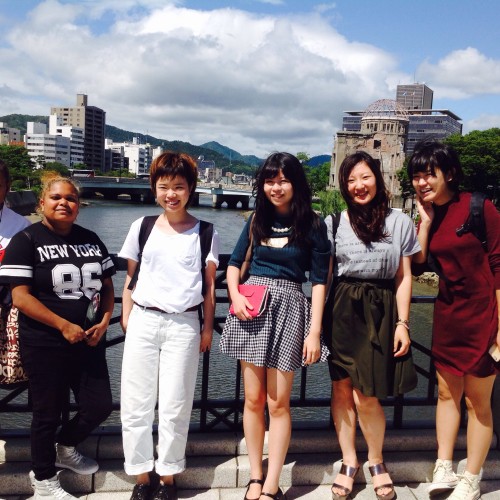-
Maralinga's Long Shadow: Yvonne's story wins NSW Premier's Award
- 8 years ago
- The annual NSW Premier's Awards for History, presented in Sydney on Friday 1 September 2017, saw one of our partnership projects honoured, when "Maralinga's Long Shadow: Yvonne's Story" took out the Young People's Hi[...]
Reflecting on hibakusha and the Japanese experience
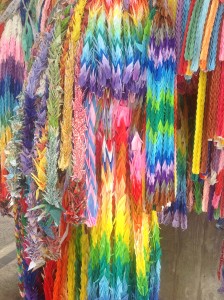 This week, on August 6th and 9th, marks 70 years since American forces dropped atomic weapons on Hiroshima and Nagasaki- with devastating effect.
This week, on August 6th and 9th, marks 70 years since American forces dropped atomic weapons on Hiroshima and Nagasaki- with devastating effect.
Through the community arts work of the Nuclear Futures program, we are fortunate to have opportunities for cultural exchange with Japanese hibakusha (atomic survivors) and collaboration with Japan-related artists, academics and activists working across disciplines on atomic legacy issues and peace building.
Over the past two years, our exploration of Japan’s atomic stories and the connections formed have had significant and transformative impact on our Nuclear Futures team, community partners and community arts practice. For some Australian community participants, mutual exchange with international atomic survivor communities has shed light on the global context of Australia’s obscured atomic weapons test history, and enabled stories from remote South Australian communities to be shared with international audiences.
At this time of reflection and commemoration, we are inspired by the generosity and courage of the Japanese hibakusha communities, artists and peace advocates, who continue to share their stories, impart wisdom and collaborate for the benefit of international community development, peace-building and cultural exchange.
Below, are some highlights across Nuclear Futures initiatives of community arts activities that have been enriched from our cultural exchange and collaboration with hibakusha communities and partners from Japan.
Collaborating
Working with visual artist Yukiyo Kawano to exhibit her life-size soft sculpture ‘Little Boy’ (a facsimile of the atomic bomb dropped on Hiroshima) in the 10 Minutes to Midnight showcase (QUT, Brisbane) has been insightful and rewarding. A third generation hibakusha (atomic bomb survivor) from Hiroshima, Kawano builds the sculptures by using strands of her hair to stitch together old kimonos worn by Hiroshima women. Yukiyo’s sculpture has had a powerful impact on Australian audiences.
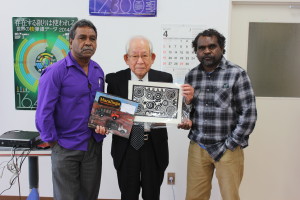 Meeting hibakusha
Meeting hibakusha
In a moving and intimate session with eighty one year old Mr Yoshiro Yamawaki, a survivor of the 1945 Nagasaki atomic bombing, Mr Yamawaki generously shared his testimony of the days around the Nagasaki bomb- as an eleven year old survivor. His is an absolutely harrowing story, and sadly not an isolated one amongst hibakusha. During the time together, Yalata representatives Steve and Russell also shared their atomic legacy stories from remote South Australia, much to the interest of Mr Yamawaki who showed gratitude for the opportunity to learn of Australia’s atomic test history and the Aboriginal and nuclear veteran communities affected. Some solemn tears were shed, and much good will was exchanged.
Sharing descendent stories
Many personal connections have been made between members of international atomic survivor communities across Nuclear Futures projects, such as the lively and in-depth cultural exchange that unfolded at dinner one night in Hiroshima (April 2015), between Yalata representative Steve and third generation hibakusha and Hiroshima local, Kana.
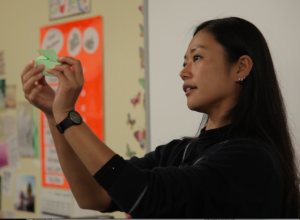 Cultural Exchange in Australia
Cultural Exchange in Australia
Nuclear Futures’ Japanese cultural liaison Rico Ishii visited Australia in June 2015 for the inaugural Yalata Festival, to promote cultural exchange related to a number of initiatives. During her Yalata residency Rico ran workshops with young people in origami, assisted with digital media skills development, and shared information about hibakusha and Japanese atomic history.
International Youth Leadership Workshop, Marshall Islands
The first in a series of workshops with youth representatives from communities who have been affected by nuclear testing was run in March 2014, coinciding with the 60th anniversary of the US Castle Bravo atomic test, which contaminated the Bikini, Enewetak, Rongelap, and Utrik atolls. In attendance were Japanese, Kazakh and Marshallese third-generation atomic Hibakusha (survivors) as part of the Global Hibakusha project, in partnership with Nuclear Futures, facilitated by Bo Jacobs (Hiroshima Peace Institute) and Mick Broderick (Murdoch University). The next workshop is in September 2015 in Hiroshima, and plans are progressing for Yalata representatives (Australia) to attend.
Visiting important sites and memorials
On entering the Hiroshima Peace Memorial Museum on the April 2015 visit, one of the Yalata delegates quietly comments that it makes him think about his people back home. Learning about the Japanese atomic experience made many links between the impact of Australia’s nuclear weapons test history and the devastation of weapons use on Hiroshima and Nagasaki.
Sculpture gifting to Nagasaki Peace Park
Work is underway for a proposed sculpture gifting from Australia to Nagasaki as part of 70 year commemoration activities, an initiative by Mayors for Peace (Aust), Yalata Community Inc and Nuclear Futures. The Nagasaki Peace Park is an international sculpture garden frequented by hundreds of thousands of visitors each year. It showcases gifted monuments and artworks from around the world, each embedded with messages of peace from the donor city or country.
*************************************

